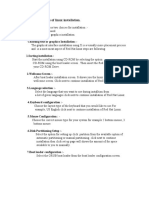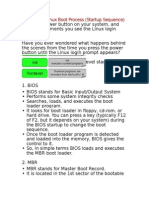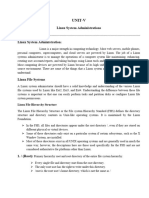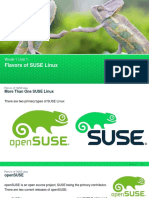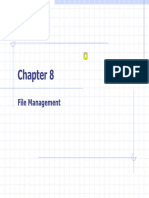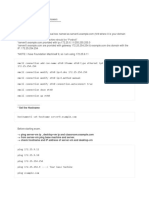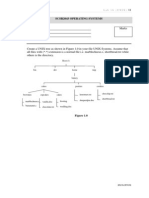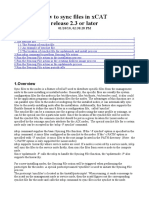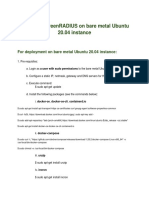0% found this document useful (0 votes)
4 views36 pagesInstalling Linux Os
The document outlines the minimum hardware requirements for installing Linux OS, including a 2 GHz dual-core processor, 2 GB RAM, and 25 GB hard disk space. It provides a step-by-step guide for installing Red Hat Linux, detailing partition creation and the significance of various directories in the Linux file system. Key directories such as /bin, /etc, and /home are explained, highlighting their functions and contents.
Uploaded by
Satya NarayanaCopyright
© © All Rights Reserved
We take content rights seriously. If you suspect this is your content, claim it here.
Available Formats
Download as PDF, TXT or read online on Scribd
0% found this document useful (0 votes)
4 views36 pagesInstalling Linux Os
The document outlines the minimum hardware requirements for installing Linux OS, including a 2 GHz dual-core processor, 2 GB RAM, and 25 GB hard disk space. It provides a step-by-step guide for installing Red Hat Linux, detailing partition creation and the significance of various directories in the Linux file system. Key directories such as /bin, /etc, and /home are explained, highlighting their functions and contents.
Uploaded by
Satya NarayanaCopyright
© © All Rights Reserved
We take content rights seriously. If you suspect this is your content, claim it here.
Available Formats
Download as PDF, TXT or read online on Scribd
/ 36



















